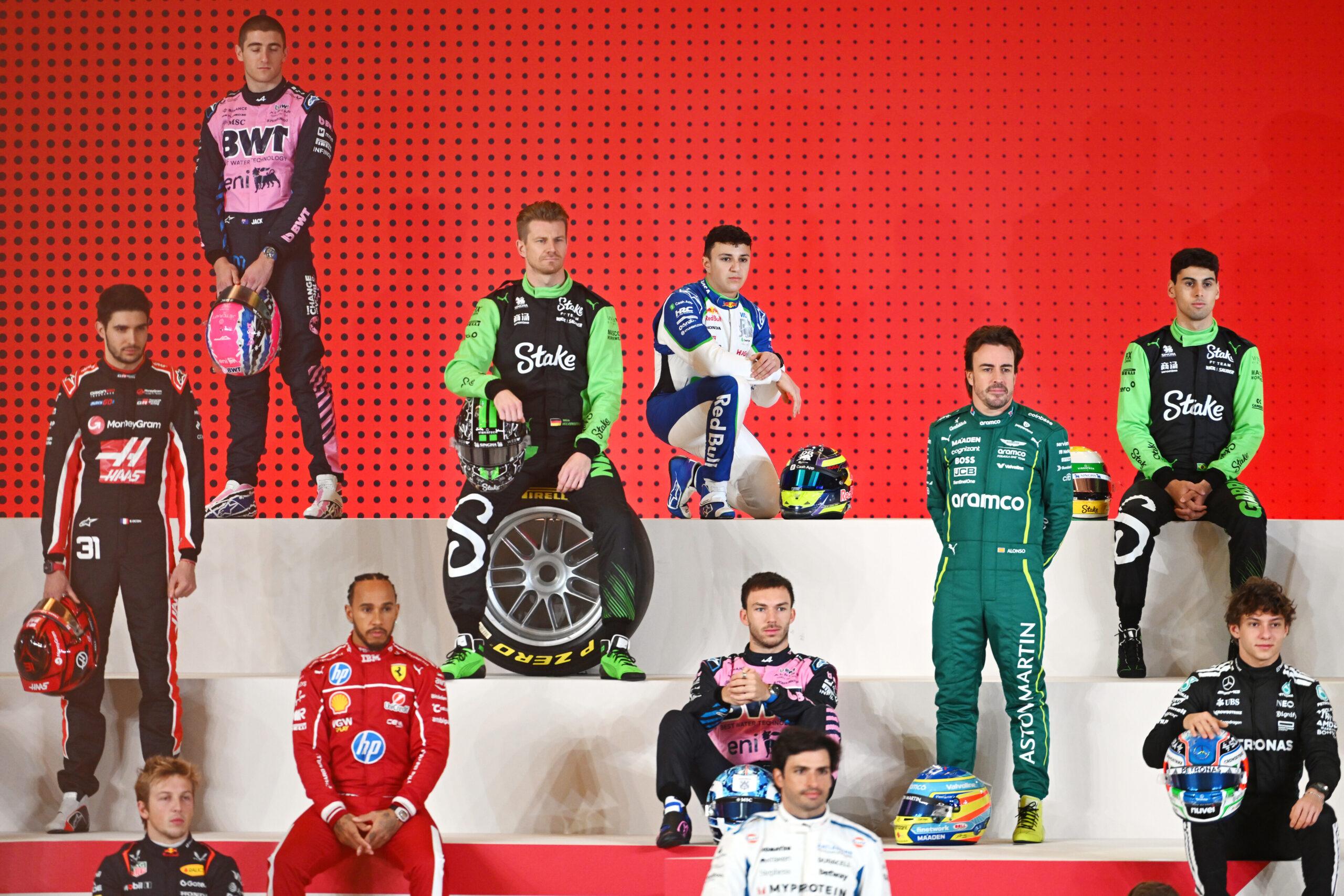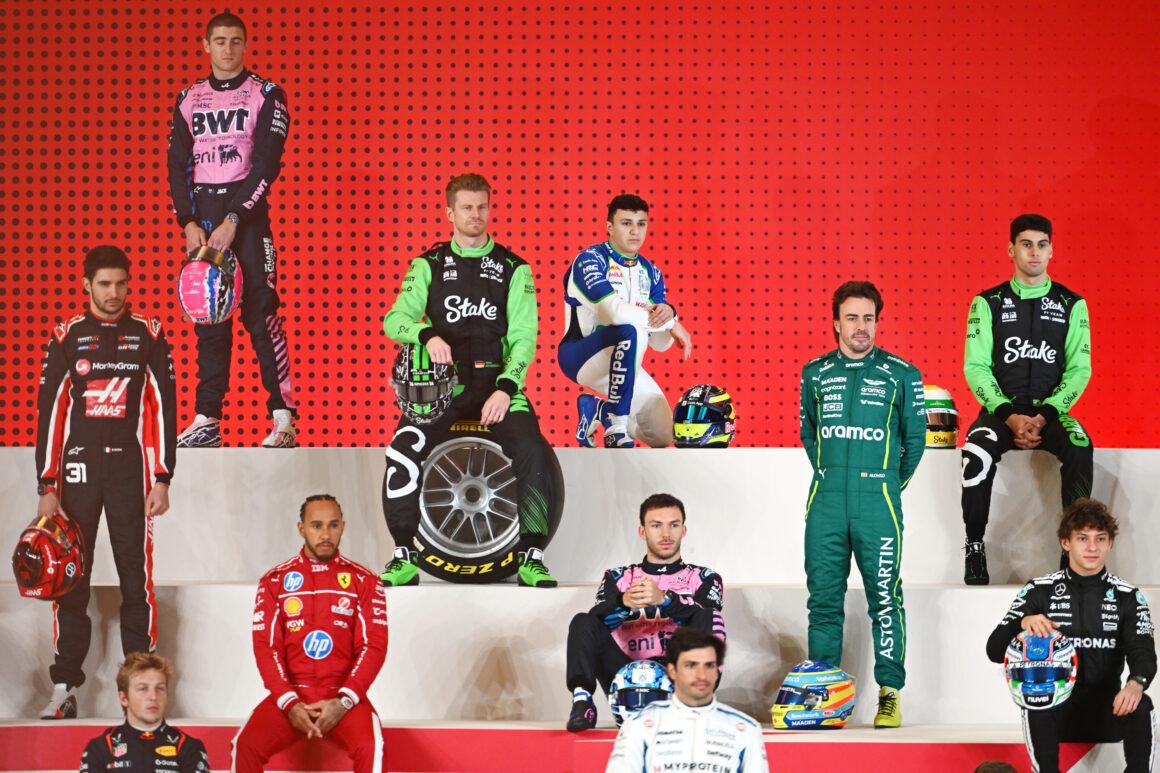Let’s be clear: not every F1 race belongs on a postcard. Some tracks are dull, misguided, or outright allergic to good racing. Money can buy a Grand Prix, sure. It can’t buy taste.
Using current venues and the cold, hard reality of design, racing quality, safety compromises, and atmosphere, here are the 10 tracks that miss the mark. Some fixable. Some fundamentally flawed. All guilty.
10) Hungaroring
The Hungaroring is a twisty, low-speed labyrinth where passing attempts go to die. It’s improved over the decades, but the narrow layout still strangles racing. Dirty air here is like quicksand, and strategy often replaces action. File this under: processional.
Drivers respect the rhythm. Fans? Less so. When the story of your race is “undercut vs overcut,” you’ve already lost. Somewhere, a strategist just fist-pumped—and everyone else yawned.
9) Shanghai International Circuit
Shanghai’s identity crisis is loud. Gigantic straights, awkward corner combos, stop-start rhythm. The result? Big numbers, small thrills. Yes, modern cars can race okay here, but the flow is flatter than a worn-out plank. It’s wide, clinical, and weirdly sterile.
That insane opening spiral corner looks fun from the helicopter. On the ground, it’s a car-killer for tyres and momentum. Spectacle? Not usually. Scale? That it has in spades. Congrats, I guess.
8) Circuit de Catalunya (Barcelona)
Years of testing turned Barcelona into Formula One’s muscle memory. The chicanes they added, then removed, were textbook “how to ruin flow 101.” It’s better now, but still aero-dependent and notoriously stingy for overtakes. Familiarity didn’t just breed contempt—it bred boredom.
When a great race happens here, it’s celebrated like a solar eclipse. Rare. Beautiful. Gone in a flash. Madrid’s incoming? The plot thickens like Barcelona’s excuse list.
7) Baku City Circuit
Baku is a tourism brochure pretending to be a racetrack. The first sector? Snooze cruise. Then the castle section scares the sidepods off everyone and the straight is long enough to land a plane. High drama one year, empty calories the next. Inconsistent is doing heavy lifting.
It’s a crash magnet when the mood hits. Other times, DRS trains parade down the boulevard like expensive spectators. Grab your popcorn—if the scriptwriter shows up.
6) Albert Park (Melbourne)
Lovely setting. Middling racing. The recent tweaks upped the speed and trimmed the fat, but passing can still be a chore. It’s a street-park hybrid that looks better than it races, and that pit entry remains spicy in all the wrong ways. Gorgeous? Yes. Great? Not quite.
As a season opener, it slaps. As a pure racing venue, it’s often vibe over substance. Lights out and away we go… to strategy spreadsheets.
5) Jeddah Corniche Circuit
Jeddah is fast, edgy, and fundamentally conflicted. Drivers love the adrenaline. They also call it the most dangerous track on the calendar. That opening chicane? A design red flag. And the run-offs you can game? Another masterclass in how NOT to enforce track limits.
It’s a faux street circuit built for speed, but every lap feels like threading a needle in a hurricane. Add the off-track safety concerns, and the risk-reward balance looks upside down. File this under: yikes.
4) Miami International Autodrome
Miami tried to be Monaco with merch. Instead, it built a parking-lot maze around a stadium. The turn 14-15 chicane is comfortably in the conversation for worst corner in modern F1. The “fake marina” told the whole story—style over substance.
Three races, not much action. A circuit that feels contrived, with flow that vanishes exactly when the racing needs it most. Great for influencers. Not great for overtakes. Somewhere, a PR manager just had a minor stroke.
3) Bahrain International Circuit
Bahrain serves good races sometimes. But as a track? It’s a scaled-up kart loop in the desert. Heavy braking, traction zones, rinse, repeat. The night-race glow hides the bland surroundings, not the bland design.
When DRS does the heavy lifting, the track hasn’t done its job. The layout’s not awful. It’s just aggressively fine. And in F1, fine is unforgivable.
2) Losail International Circuit (Qatar)
Losail is fast, flowing, and apparently allergic to F1 tyres. We’ve had punctures, emergency stint caps, and safety tweaks that scream “this isn’t built for these cars.” If you need race control to jury-rig the rules mid-weekend, your compatibility is suspect.
The track itself? MotoGP-friendly poetry. For F1? Forced, fragile, and flirting with danger through sustained lateral loads. Heat showed up like an arsonist. The result? Survival runs.
1) Yas Marina (Abu Dhabi)
All the money. None of the soul. Yas Marina is a masterclass in wasting a blank canvas. Even after the 2021 surgery, it’s still slow, over-sanitized, and allergic to overtakes. A tunnel pit exit isn’t character—it’s a party trick. The atmosphere? Manufactured gloss.
Memorable moments here come from title deciders, not the circuit’s brilliance. It’s the showroom floor of F1—shiny, expensive, and about as exciting as a tax return. The competition? Reduced to expensive spectators.
Dishonorable Mentions
Monaco: Untouchable heritage, forgettable racing. Yes, it’s unique. Yes, it’s a procession. The cars are the problem, not the postcard. Still, as a race product? Woeful in the dry.
Mexico City: Legendary Peraltada was neutered into a stadium tour. The tightened complex killed flow and pace. Fans are electric. The track’s redesign? Not so much. Somewhere, 1980s Mexico is shaking its head.
What Makes A Track “Worst” Material?
Simple. If it strangles overtaking, punishes racing lines with aero wake, relies on gimmicks, or needs constant rule patches to function, it’s failing. A great circuit challenges drivers and rewards bravery without being a demolition derby. A bad one prioritizes aesthetics over action.
The fix isn’t rocket science: widen key entries, remove clumsy chicanes, add meaningful camber, and design for cars, not press releases. Bold strategy: let’s stop repeating the mistakes we already regret.
Quick Hit List: The Offenders
- Yas Marina – Expensive, forgettable, over-sanitized
- Losail – Tyre torture chamber, emergency stint limits
- Bahrain – Functional, but painfully formulaic
- Miami – PR sizzle, racing fizzle
- Jeddah – Thrilling, but flirting with chaos
- Albert Park – Pretty, processional-prone
- Baku – Boom or bust, nothing between
- Barcelona – Test track DNA, race day coma
- Shanghai – Big scale, small excitement
- Hungaroring – Strategy chess, overtaking drought
The Weather Factor
Sure, rain can save a snoozer. The rain shows up like that friend who always causes drama at parties. Suddenly, Miami and Yas pretend to be classics. But if your event needs a monsoon to come alive, your layout is the villain.
Wind at Baku? It’s a local fan—usually of chaos. Heat at Losail? Hell asked for air conditioning. Weather shouldn’t be the headliner. The track should.
Closing Lap
We can love F1 and call out the duds. Some tracks are built for action; others for Instagram. The best do both. The worst? They make DRS look like life support. Fix the corners, respect the drivers, and stop designing by committee. Racing first, glitz second.
Lights out and away we… oh wait, Abu Dhabi already put us to sleep. Make it better—or make way.

